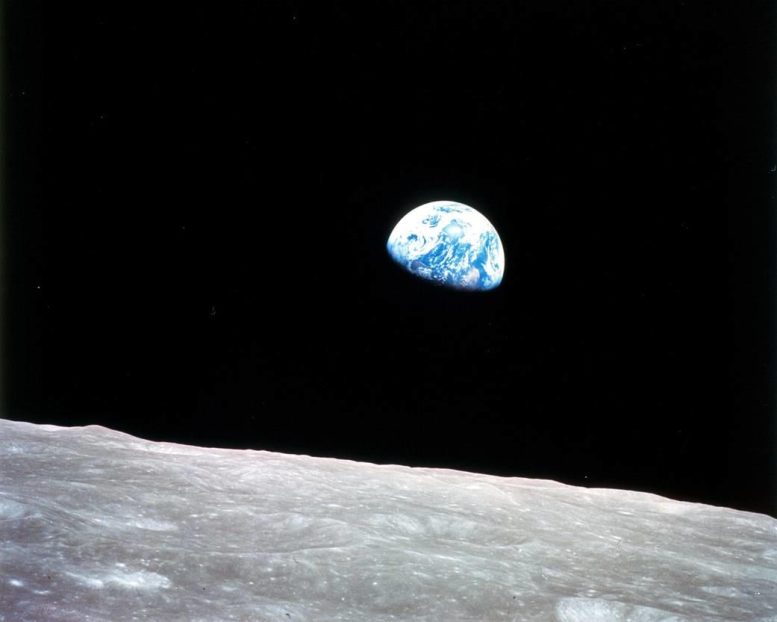
Apollo 8 pilot Bill Anders took this iconic photo of Earth from lunar orbit on Christmas Eve, December 24, 1968. Earth’s continents—unique in the solar system—are visible, rising above the ocean. Credit: NASA
New experiments have called into question a popular explanation for the properties that give rise to dry land.
Despite being a crucial factor in making Earth a hospitable place for life compared to other planets in the solar system, the origins and unique characteristics of continents, massive segments of the planet’s crust, remain largely enigmatic.
A recent study conducted by Elizabeth Cottrell, a research geologist and rock curator at the Smithsonian’s National Museum of Natural History, and Megan Holycross, formerly a Peter Buck Fellow and National Science Foundation Fellow at the museum and now an assistant professor at Cornell University, has advanced our knowledge of Earth’s crust by testing and disproving a widely held theory regarding the lower iron content and higher oxidation levels of continental crust compared to oceanic crust.
The iron-poor composition of continental crust is a major reason why vast portions of the Earth’s surface stand above sea level as dry land, making terrestrial life possible today.
The study, recently published in the journal Science, uses laboratory experiments to show that the iron-depleted, oxidized chemistry typical of Earth’s continental crust likely did not come from crystallization of the mineral garnet, as a popular explanation proposed in 2018.
The building blocks of new continental crust issue forth from the depths of the Earth at what are known as continental arc volcanoes, which are found at subduction zones where an oceanic plate dives beneath a continental plate. In the garnet explanation for continental crust’s iron-depleted and oxidized state, the crystallization of garnet in the magmas beneath these continental arc volcanoes removes non-oxidized (reduced or ferrous, as it is known among scientists) iron from the terrestrial plates, simultaneously depleting the molten magma of iron and leaving it more oxidized.
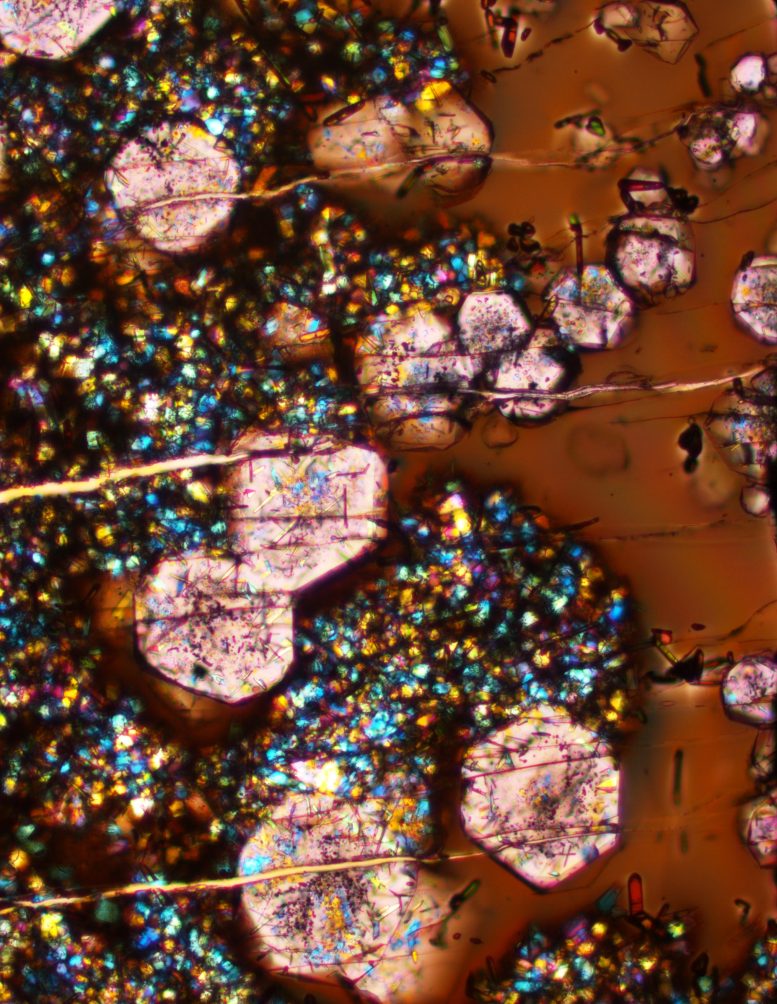
A microscope image from an experiment conducted for this study. The image contains glass (brown), large garnets (pink) and other small mineral crystals. The field of view is 410 microns wide, about size of a sugar crystal. Credit: G. Macpherson and E. Cottrell, Smithsonian
One of the key consequences of Earth’s continental crust’s low iron content relative to oceanic crust is that it makes the continents less dense and more buoyant, causing the continental plates to sit higher atop the planet’s mantle than oceanic plates. This discrepancy in density and buoyancy is a major reason that the continents feature dry land while oceanic crusts are underwater, as well as why continental plates always come out on top when they meet oceanic plates at subduction zones.
The garnet explanation for the iron depletion and oxidation in continental arc magmas was compelling, but Cottrell said one aspect of it did not sit right with her.
“You need high pressures to make garnet stable, and you find this low-iron magma at places where the crust isn’t that thick and so the pressure isn’t super high,” she said.
In 2018, Cottrell and her colleagues set about finding a way to test whether the crystallization of garnet deep beneath these arc volcanoes is indeed essential to the process of creating continental crust as is understood. To accomplish this, Cottrell and Holycross had to find ways to replicate the intense heat and pressure of the Earth’s crust in the lab, and then develop techniques sensitive enough to measure not just how much iron was present, but to differentiate whether that iron was oxidized.
To recreate the massive pressure and heat found beneath continental arc volcanoes, the team used what are called piston-cylinder presses in the museum’s High-Pressure Laboratory and at Cornell. A hydraulic piston-cylinder press is about the size of a mini fridge and is mostly made of incredibly thick and strong steel and tungsten carbide. The force applied by a large hydraulic ram results in very high pressures on tiny rock samples, about a cubic millimeter in size. The assembly consists of electrical and thermal insulators surrounding the rock sample, as well as a cylindrical furnace. The combination of the piston-cylinder press and heating assembly allows for experiments that can attain the very high pressures and temperatures found under volcanoes.
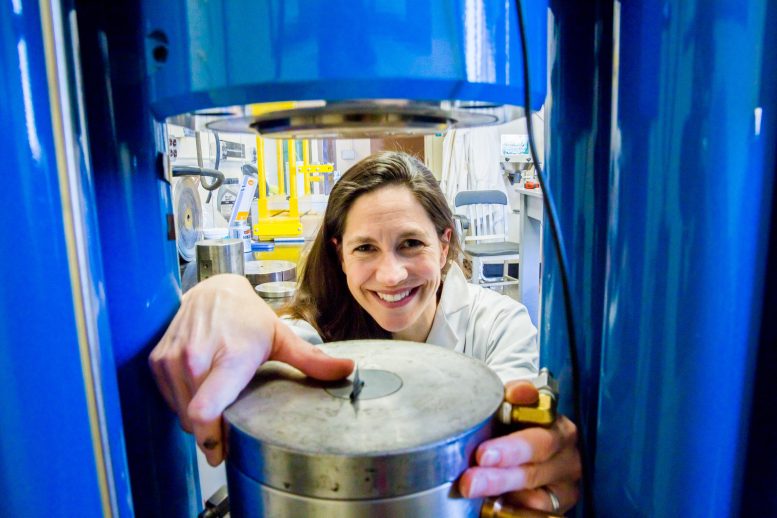
Elizabeth Cottrell, research geologist and curator of rocks at the Smithsonian’s National Museum of Natural History, loads an experiment in her lab at the museum. Credit: Jennifer Renteria, Smithsonian
In 13 different experiments, Cottrell and Holycross grew samples of garnet from molten rock inside the piston-cylinder press under pressures and temperatures designed to simulate conditions inside magma chambers deep in Earth’s crust. The pressures used in the experiments ranged from 1.5 to 3 gigapascals—that is roughly 15,000 to 30,000 Earth atmospheres of pressure or 8,000 times more pressure than inside a can of soda. Temperatures ranged from 950 to 1,230 degrees Celsius, which is hot enough to melt rock.
Next, the team collected garnets from Smithsonian’s National Rock Collection and from other researchers around the world. Crucially, this group of garnets had already been analyzed so their concentrations of oxidized and unoxidized iron were known.
Finally, the study authors took the materials from their experiments and those gathered from collections to the Advanced Photon Source at the U.S. Department of Energy’s Argonne National Laboratory in Illinois. There the team used high-energy X-ray beams to conduct X-ray absorption spectroscopy, a technique that can tell scientists about the structure and composition of materials based on how they absorb X-rays. In this case, the researchers were looking into the concentrations of oxidized and unoxidized iron.
The samples with known ratios of oxidized and unoxidized iron provided a way to check and calibrate the team’s X-ray absorption spectroscopy measurements and facilitated a comparison with the materials from their experiments.
The results of these tests revealed that the garnets had not incorporated enough unoxidized iron from the rock samples to account for the levels of iron depletion and oxidation present in the magmas that are the building blocks of Earth’s continental crust.
“These results make the garnet crystallization model an extremely unlikely explanation for why magmas from continental arc volcanoes are oxidized and iron-depleted,” Cottrell said. “It’s more likely that conditions in Earth’s mantle below continental crust are setting these oxidized conditions.”
Like so many results in science, the findings lead to more questions: “What is doing the oxidizing or iron depleting?” Cottrell asked. “If it’s not garnet crystallization in the crust and it’s something about how the magmas arrive from the mantle, then what is happening in the mantle? How did their compositions get modified?”
Cottrell said that these questions are hard to answer but that now the leading theory is that oxidized sulfur could be oxidizing the iron, something a current Peter Buck Fellow is investigating under her mentorship at the museum.
Reference: “Garnet crystallization does not drive oxidation at arcs” by Megan Holycross and Elizabeth Cottrell, 4 May 2023, Science.
DOI: 10.1126/science.ade3418
This study is an example of the kind of research that museum scientists will tackle under the museum’s new Our Unique Planet initiative, a public–private partnership, which supports research into some of the most enduring and significant questions about what makes Earth special. Other research will investigate the source of Earth’s liquid oceans and how minerals may have served as templates for life.
The study was funded by the Smithsonian, the National Science Foundation, the Department of Energy, and the Lyda Hill Foundation.

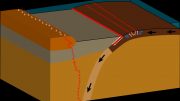
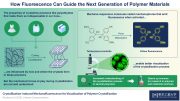

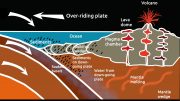
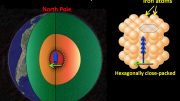

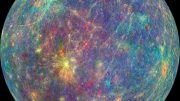

Why “Expand to show full article” ???